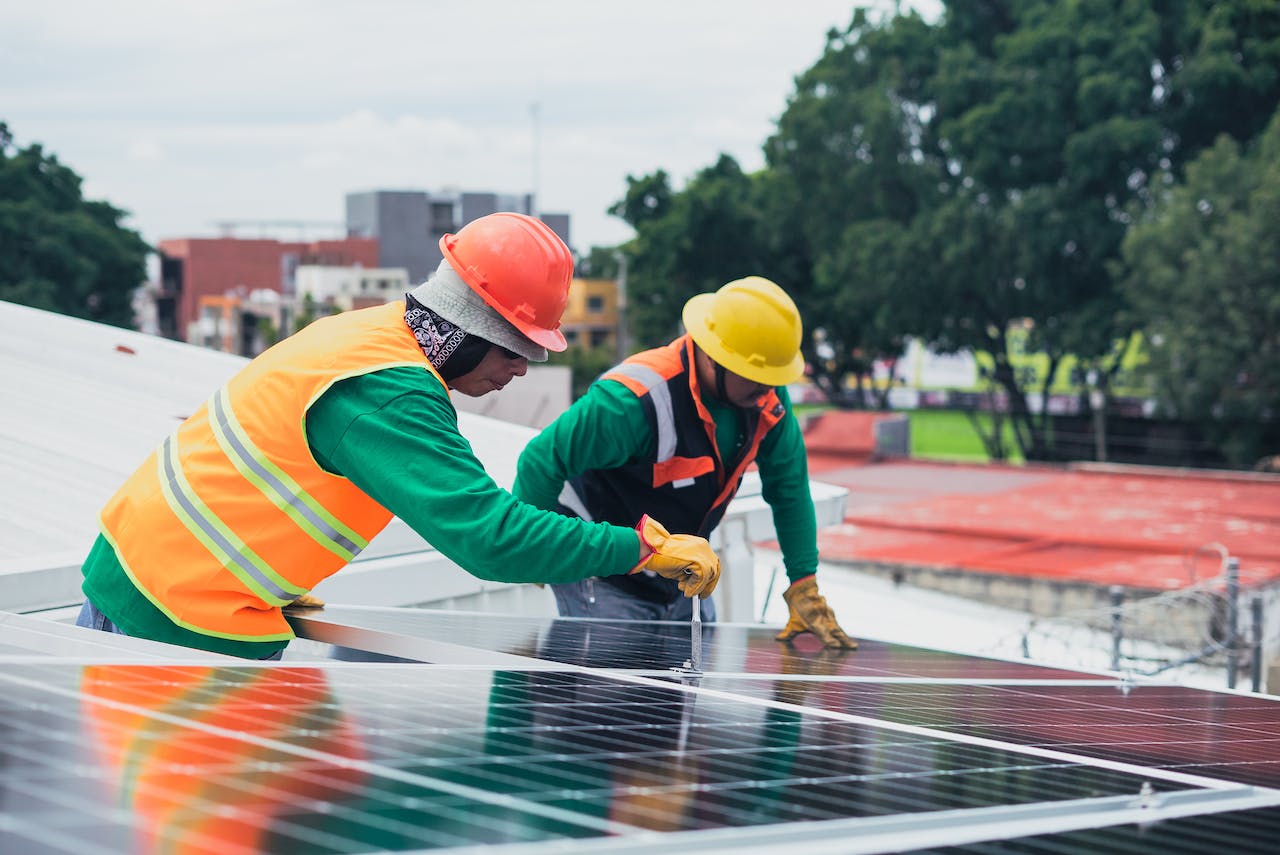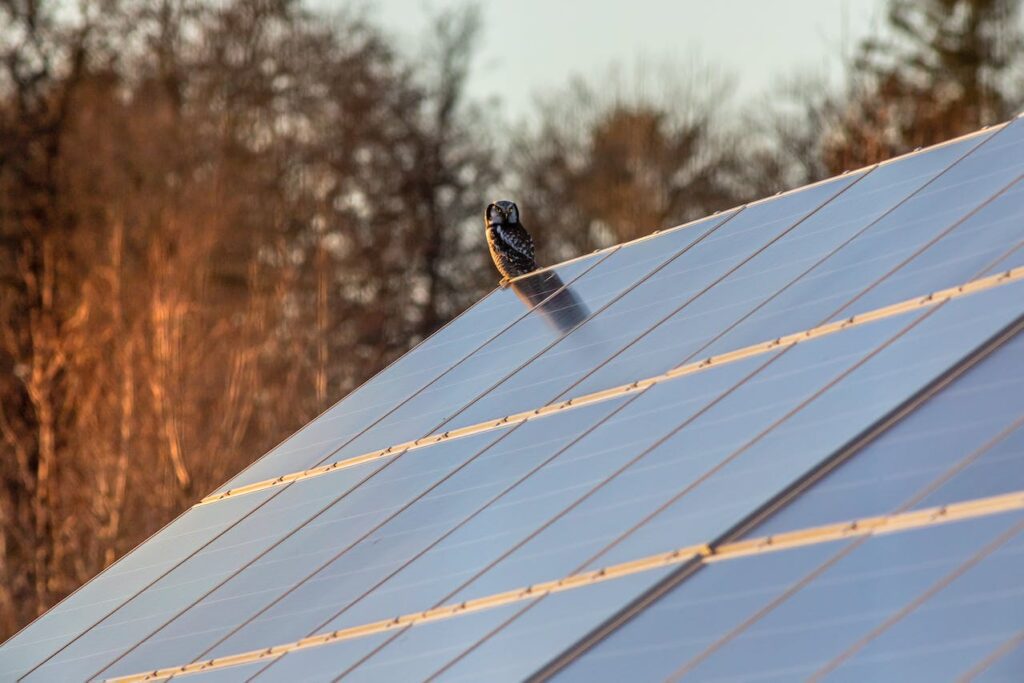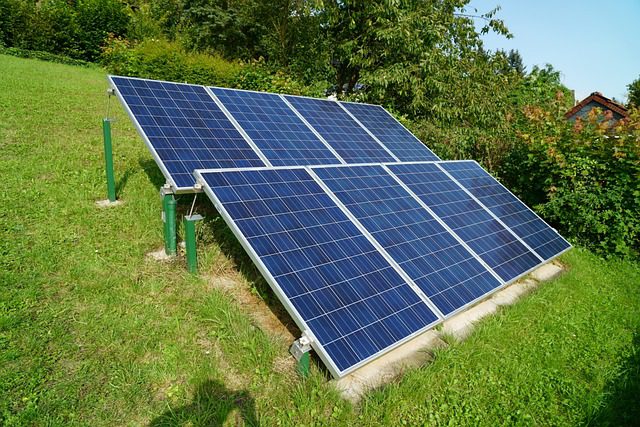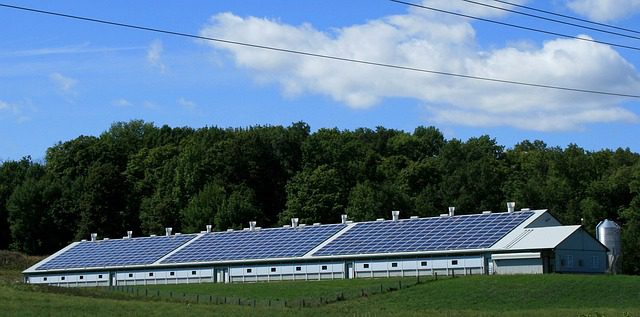Installing 1000 kWh Solar Panels|Cut Energy Costs Today

Switch to a 1000 kWh solar system slash your energy bills, and support a sustainable planet.
If you’re considering going solar, you’re probably wondering how many solar panels you need for 1000 kWh. The answer depends on a number of factors, including your energy needs, the efficiency of your solar panels, and the amount of sunlight your roof receives.
What is a 1000 kWh Solar Panel?
A 1000 kWh solar system is a photovoltaic (PV) system capable of generating 1000 kilowatt hours (kWh) of electricity over a period of time, typically a month or a year. The size of a solar array is often determined by its power output capacity, expressed in kilowatts (kW), which represents the maximum amount of electricity it can produce at any given time. Here is everything you need to know about the Benefits of a 1000 kWh Solar System to save your money and the environment, too.
H1: The Powerful Benefits of a 1000 kWh Solar System:
As solar energy becomes more accessible and affordable, a 1000 kWh solar system is increasingly seen as the sweet spot for homeowners and businesses looking to save on electricity bills while embracing renewable energy. But what exactly can such a system do for you?
How to Calculate the Number of Solar Panels You Need?
To calculate the number of solar panels you need:
1. Monthly Electricity Goal:
- Target: 1000 kWh/month = 12,000 kWh/year
2. Average Solar Panel Output:
- A standard residential solar panel produces between 300 to 400 watts (W) of power.
- On average, a panel generates about 1.3 to 1.6 kWh per day, depending on sun exposure.
- This translates to 35–45 kWh/month per panel in average conditions.
3. Sun Hours / Solar Irradiance (Location-Based):
- Sun hours vary by location. Here’s a rough average:
- Arizona, California, Texas: 5.5–6.5 peak sun hours/day
- New York, Illinois, Pennsylvania: 3.5–5.0 peak sun hours/day
- UK, Germany, Northern Europe: 2.5–4.0 peak sun hours/day
Example Calculation:
Let’s assume:
- You’re using 350-watt panels
- Your location gets 5 hours of sun per day
Step 1: Daily kWh per panel 350 watts×5 hours=1,750 watt-hours/day=1.75 kWh/day350 × 5 { hours} = 1,750 { watt-hours/day} = 1.75 { kWh/day}350 watts×5 hours=1,750 watt-hours/day=1.75 kWh/day
Step 2: Monthly Output per Panel 1.75 kWh/day×30 days=52.5 kWh/month1.75 { kWh/day} × 30 { days} = 52.5 { kWh/month}1.75 kWh/day×30 days=52.5 kWh/month
Step 3: Number of Panels Needed 1000 kWh/month÷52.5 kWh/panel/month≈19.051000 { kWh/month} ÷ 52.5 { kWh/panel/month} ≈ 19.051000 kWh/month÷52.5 kWh/panel/month≈19.05
You’ll need about 19–20 solar panels of 350W capacity.
Factors That Can Change This:
- Roof orientation and shading
- Local weather conditions
- Panel efficiency
- System losses (inverter loss, dirt, temperature) – typically ~10-20%
Rule of Thumb:
- 3–4 kW solar system = ~8–12 panels = ~400–600 kWh/month
- 6–8 kW system = ~16–24 panels = ~1000+ kWh/month
Where:
- Total energy needs = The amount of electricity you use in a month, measured in kilowatt-hours (kWh)
- Solar panel efficiency = The efficiency of your solar panels, typically rated as a percentage
- Peak sun hours = The average number of hours of peak sunlight your roof receives per day
Example
Let’s say you use 1000 kWh of electricity per month and live in an area with 5 peak sun hours per day. If you choose solar panels with an efficiency of 20%, you would need the following number of solar panels:
Number of solar panels = 1000 kWh / (20% x 5 peak sun hours) = 100 solar panels
Factors That Affect Solar System Performance
Your actual energy generation can vary based on:
Weather conditions like sunlight, rain, clouds, snow, high winds, smog, sandstorms, high temperatures, and hailstorms etc
Geographic location (sunlight availability)

Solar Potential by Location:
| Location | Average Sun Hours/Day | Solar Potential |
|---|---|---|
| Arizona (USA) | 6–7 | Very High |
| California (USA) | 5.5–6.5 | High |
| Germany | 3–4 | Moderate |
| UK | 2.5–3.5 | Low–Moderate |
| Pakistan (Lahore) | 5.5–6 | Very High |
| India (Delhi) | 5–6 | Very High |
| Canada (Toronto) | 3.5–4.5 | Moderate |
More sun hours = more power per panel.
Panel orientation and tilt (direction matters )
Tilt is the angle between the panel and the ground.
General Rule:
- The optimal tilt angle is roughly equal to your latitude.
- Example: In Lahore (31° N) → Best tilt angle = 30–32°
- In New York (40° N) → Best tilt angle = 40°
Seasonal Tilt Adjustments (for fixed or adjustable systems):
| Season | Recommended Tilt | Purpose |
|---|---|---|
| Summer | Latitude − 15° | Maximize energy in long days |
| Winter | Latitude + 15° | Capture low-angle sunlight |
| All-Year | Latitude | Balanced annual performance |
Do Solar Panels Break in Hail Storms and Bad Weather?
Modern solar panels are built to withstand hail, strong winds, rain, snow, and harsh weather conditions. However, under extreme circumstances, damage can occur—but it’s rare.
1. Hail Resistance Standards
Most high-quality solar panels are tested to withstand hailstones up to 1 inch (25 mm) in diameter traveling at speeds of 50–60 mph. This is based on IEC 61215 and UL 1703 standards—global benchmarks for solar durability.
2. Solar Panel Glass Is Tough
Panels are made with tempered glass, which is:
- 4–6 times stronger than standard glass
- Resistant to impacts, wind, and thermal stress
- Designed to last 25+ years
3. Can Bad Weather Still Cause Damage?
Yes—but rarely. Panels can be damaged in:
- Severe hailstorms (hail larger than golf balls)
- Hurricanes or tornadoes with flying debris
- Improper installation that doesn’t follow wind load standards
4. Is It Covered by Insurance or Warranty?
- Homeowners’ insurance often covers storm-related solar panel damage.
- Many solar companies offer 25-year performance warranties, and some include protection against weather-related issues.
5. What You Can Do to Protect Your Panels
- Choose Tier 1, certified panels from trusted manufacturers.
- Have them installed by licensed professionals like Solaratics.
- Consider hail-resistant protective covers in extreme weather regions.
- Use monitoring systems to check panel performance post-storm.
Solar Panels Are Weather-Resistant by Design
While no product is 100% indestructible, solar panels are engineered for real-world weather. With proper installation and good-quality materials, your system can withstand everything from summer storms to winter snow, making it a durable and long-term energy solution.

OTHER FACTORS WHICH AFFECT ARE:
- Your budget: Solar panels can be a significant investment, so it’s important to choose a system that fits your budget.
- Your roof space: Solar panels need to be installed on a south-facing roof with plenty of sunlight exposure. Make sure you have enough roof space for the number of solar panels you need.
- Your energy consumption: If you have high energy needs, you will need more solar panels.
- Your climate: If you live in an area with cloudy weather or a lot of shade, you may need more solar panels to generate the same amount of electricity.
.

Cost of 1000 kWh per Month Solar System
The cost of a 1,000 kWh per month solar system varies depending on a number of factors, including the type of solar panels you choose, the size of your system, and the cost of installation in your area. However, you can expect to pay between $10,000 and $15,000 for a 1,000 kWh per month solar system.
Factors that Affect the Cost of a Solar System
The following factors can affect the cost of a solar system:
- Type of solar panels: Solar panels come in a variety of types, each with its efficiency rating and price. Monocrystalline solar panels are the most efficient, but they are also the most expensive. Polycrystalline solar panels are less efficient than monocrystalline solar panels, but they are also less expensive. Thin-film solar panels are the least efficient, but they are also the least costly.
- Size of your system: The size of your solar system will depend on your energy needs. A larger system will cost more than a smaller system.
- Cost of installation: The cost of installation will vary depending on the installer you choose and the complexity of your installation.
How to Save Money on a Solar System
There are a few things you can do to save money on a solar system:
- Shop around: Get quotes from multiple solar installers before making a decision.
- Take advantage of government incentives: There are a number of government incentives available to reduce the cost of solar systems.
- Consider financing: There are a number of financing options available to help you pay for a solar system.
Solar panels produced per month?
Currently, the efficiency range, i.e., the amount of solar energy that hits the solar cell and is converted into electricity, is around 18% on average but can vary depending on the quality of the solar panel. A high-end panel made from more expensive materials is more expensive and more efficient. You can check out our updated list of the best solar panels currently available in the US.
A solar panel generates approximately 265 watts of electricity per hour at an efficiency of 20%. Manufacturers must label the panels with the number of kilowatts they will produce under ideal conditions, ie. H. in direct sunlight on a clear, sunny day, per hour. The Standard Test Condition (STC) rating, for instance, is 265 if the panel is putting out 265 watts of power.
The following table outlines how much electricity a solar panel will generate facing different directions if all other factors are the same:
| Solar panel direction | Estimated output* |
|---|---|
| South | 2 kWh |
| East | 1.7 kWh |
| West | 1.7 kWh |
| North | 1.4 kWh |
Generator kWh per month
The average yearly solar panel wattage per day in kWh for locations in the United States may be calculated on many websites for solar energy companies. Adding up all of the sun that falls on the solar panel in 24 hours, the average rooftop in the United States receives approximately four hours of “full” or “useful” sunlight per day. Again, this number depends on whether you live in a cloudless desert or misty mountains.
For example, there is a map showing the solar energy potential in each state in the United States. However, he points out that this estimate is based on a south-facing panel and that you need to consider the pitch of your roof, and points out that a west-facing solar panel instead of a south-facing solar panel may result in a reduction in the production of almost 11%.

Output efficiency
Unfortunately, solar panels rarely (if ever) reach their full-rated output. A solar array can lose 10–20% or more of its effectiveness due to temperature, dirt, and other variables. Several factors can affect the efficiency and performance of solar panels. Here are some key factors affecting the performance of solar panels:
Sunlight intensity:
The sun is the primary source of energy for solar panels. The intensity of sunlight directly affects the performance of solar panels. Areas with more direct and intense solar radiation, such as regions closer to the equator, tend to have higher solar panel efficiencies.
Orientation and inclination of the solar panel:
The orientation and tilt angle of solar panels play a crucial role in optimizing their efficiency. Solar panels are typically installed facing south in the northern hemisphere and facing north in the southern hemisphere to maximize solar gain. The tilt angle is adjusted based on the latitude of the installation location to ensure the panels receive as much light as possible throughout the day.
The shade:
Shading can have a significant impact on the efficiency of solar panels. Even partial shading of a solar module can lead to reduced production. It is important to minimize obstacles such as nearby trees, buildings, or structures that could cast shadows on the panels, particularly during peak hours of sunshine.
Montage system:
The mounting system supports the solar panels and keeps them properly aligned to maximize sunlight absorption. Depending on the mounting location, there are different types of mounting systems, such as roof racks or floor racks.
Converter:
Solar panels generate direct current (DC), while most appliances and the power grid run on alternating current (AC). An inverter converts the direct current generated by solar panels into alternating current, making it compatible with a building’s electrical system or the grid.
Charge controller (for battery systems):
When batteries are present in the system, a charge controller is used to regulate the charging process and prev
ent overcharging or over-discharging, which can shorten battery life. It ensures efficient and safe battery operation.

Advantages of a 1000 kWh solar system
The 1000 kWh solar system offers some advantages.
Renewable energy:
Solar energy is clean and renewable, reduces dependence on fossil fuels, and helps mitigate climate change. The installation of a 1000 kWh solar system contributes to a sustainable energy future.
Saving measures:
By generating electricity from the sun, homeowners can reduce their dependence on the grid and lower their energy bills. Over time, the savings in electricity costs can offset the initial investment in installing the solar system.
Energy Independence:
A solar system offers certain energy independence, especially in off-grid installations. This allows owners to generate their own electricity and is less dependent on external energy sources.
Environmental Benefits of Solar Energy:
Solar energy is a clean source of energy and produces no greenhouse gas emissions when in use. It helps reduce air pollution, water use, and the overall carbon footprint associated with traditional methods of generating electricity.

Long life expectancy:
Solar panels have a long lifespan, typically 25-30 years or more. With proper maintenance and care, a 1000kWh solar array can provide decades of clean energy.
Conclusion
In summary, a 1000 kWh solar system consists of solar panels, an inverter, mounting systems, optional batteries, and various other components. It offers many advantages including cost savings, energy independence, and environmental friendliness.
Also Read: How to Check If Your Solar Panels Are Working? (Simple Guide)
